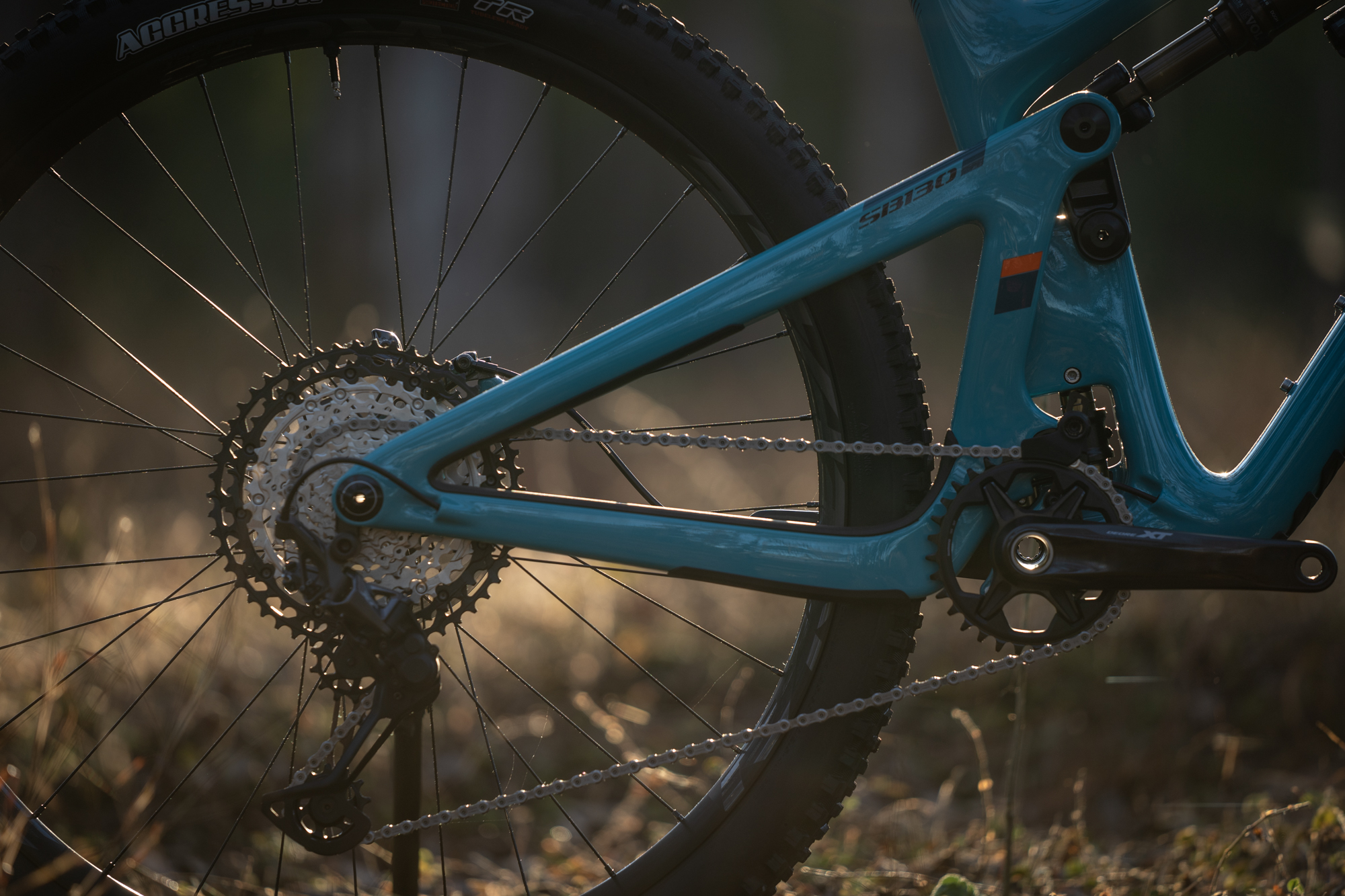Well its official, 12-speed Shimano XT and SLX is here! Bringing 12-speed to its second tier (XT M8100) and third tier (SLX M7100) mountain bike groupsets, along with a stack of the new technologies and features that you’ll find in the brands ultra-premium XTR range that was only released less than a year ago.
Okay, so let’s get a quick run-through of key points and features.
So first up, what’s new?
Everything! There isn’t a single carry over item from the previous generation. Shimano have taken the world-class performance that their Pro’s get and packaged it into a much more affordable (as in half the price) XT M8100 level group, and then a somehow without losing much performance (just with a little added weight) they managed to roll all that down into an even more affordable SLX level group.
What technologies feature in new XT and SLX ranges?
You’ll find the new HYPERGLIDE+ drivetrain, MICRO SPLINE freehub body, ISPEC EV shifter & brake combinations and the MONO LEVER 2×12 FD shifter. That combined with carried over technologies including SHADOW RD+ derailleur’s, shifters with RAPIDFIRE PLUS, 2-WAY RELEASE and MULTI-RELEASE. Oh yeah, you’ll also find Shimano’s super popular ICE-TECHNOLOGIES FREEZA rotors in both groupset levels.
What are the main differences between XT and SLX?
At SLX level there is no free stroke adjust on the brake lever, only 1 aluminium cassette sprocket, less chainring size options, no complete wheels, no multi release on the right shifter, no textured padding on either shift levers and no Sil-Tec coating on chain. Weight wise the new XT groupset comes with a saving of 166g over the SLX group.
What are the key differences between the XTR and new XT groups?
The main point of difference is that at XT level Shimano offer complete wheels where in XTR they only offer hubs. As well as that there is a 28T not 38T chainring, I-SPEC EV has 45 degrees rotational angle rather than 60 degrees, there is no dedicated XC brake lever, no bottom bracket and less rear derailleur options. Weight wise there’s a big difference with XTR boasting a 361g saving over its mid-level brother. Primarily this weight difference is in the crank arm and cassette.
What makes the new XT special?
XT is Shimano’s the original mountain bike groupset and the one that many passionate riders choose to use. It’s special because the latest iteration of the original MTB groupset continues its legacy with high performance features for today’s demanding and adventurous mountain bikers, developed from the technology that the world’s best mountain bikers have. At the same time the new SLX M7100 series, moulded from the same DNA as XTR and XT, has been designed to deliver quality performance for those exploring their mountain bike calling.
How many drivetrain options are available with new XT and SLX?
Three: A 2×12 double option with a 10-45T cassette and two single options, 1×12 with a 10-51T cassette, and 1×12 with a 10-45T cassette.
Why the move away from Direct Mount rear derailleur’s?
For the 12-speed drive train with the big gear range option Shimano had to change RD construction. Due to the different movement of the Rear Derailleur (to accommodate the bigger cassette) a direct mount version of the RD is no longer possible.
What does the difference in aluminium sprockets on the XT and SLX cassettes mean in terms of weight?
The steel sprockets on the XT and SLX cassettes are the same weight, as is the biggest aluminium sprocket. The weight difference comes from the one additional aluminium sprocket at XT level (10-51T specification) and a difference in the spider (the middle part is more hollow for XT) giving a net figure of is 64g between both cassettes.
How much quicker is the response of the 4-piston brake?
The 4 piston does not have a quicker response than the 2-piston version but the braking power is around 22% higher for the 4-piston version.
What is the braking power difference between SLX and XT 4-piston brakes like?
Both brakes have the same power. Pad clearance is narrower at XT and SLX level with this series so brake engagement can be faster.
What sizes will the chainrings be available in for the 1x option?
Chainrings between SLX, XT and XTR are interchangeable so you can run 28, 30, 32, 34, 36 and 38T.
What are the coating differences on the XT and SLX chains?
Both chains have extended inner plates to improve chain engagement and retention. The XT chain is chromized, the SLX chain has a Sil-Tec coating. Chromized roller link plates enhance durability and provide smoother and faster shifting both up and down the cassette. SIL-TEC roller link plates provide smoother running and more durability in all conditions. Chain weights are the same.
Why MICRO SPLINE (or, why another new standard)?
Simply put, Shimano’s new 12 speed cassette needs more space on the hub. To keep the stiffness of the hub and the cassette and provide the best riding experience we are introducing a new freehub technology for 12 speed riders.
Do you need a specific MICRO SPLINE compatible hub to ride new XT M8100 and SLX M7100 series?
Yes.











